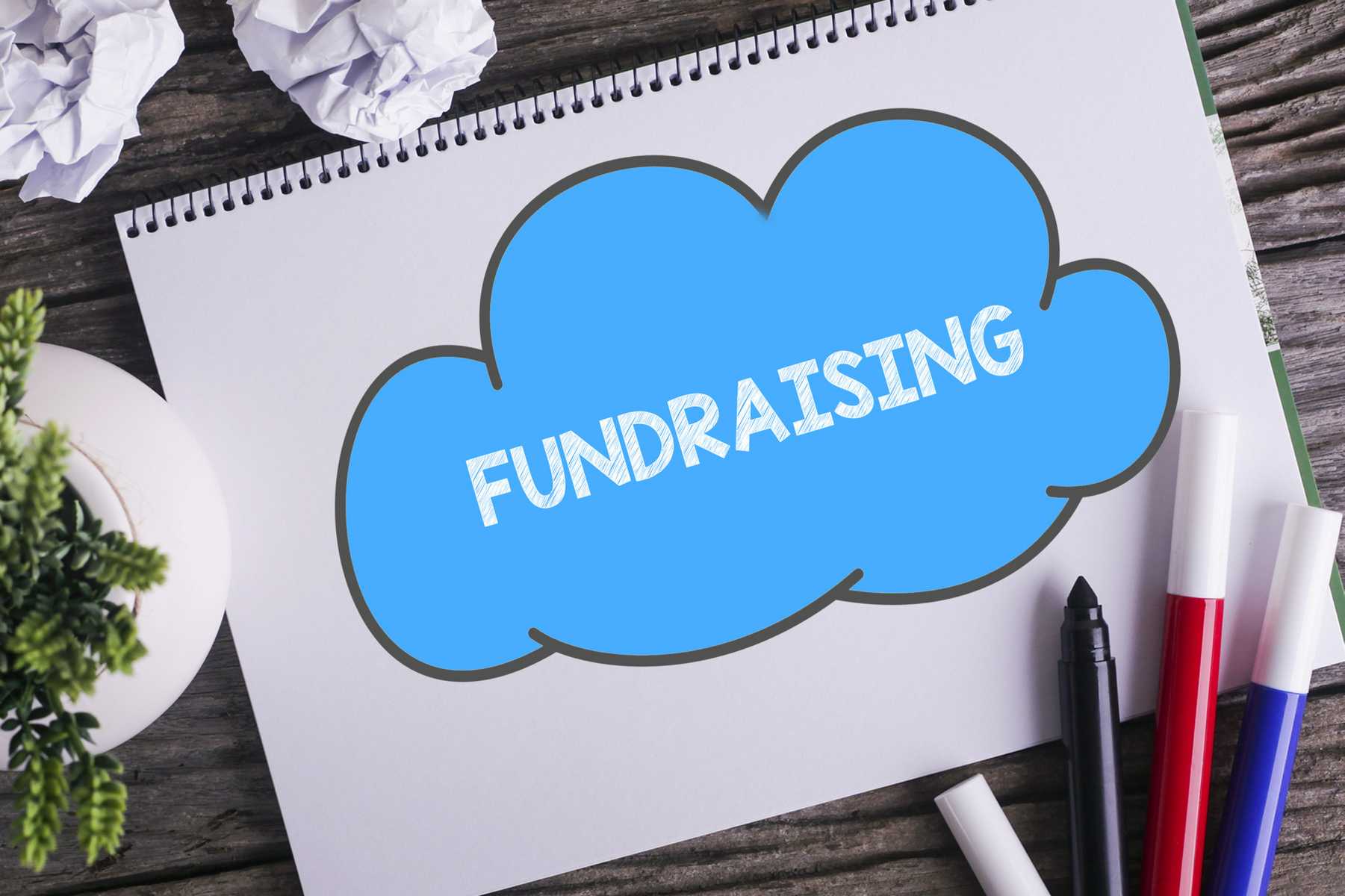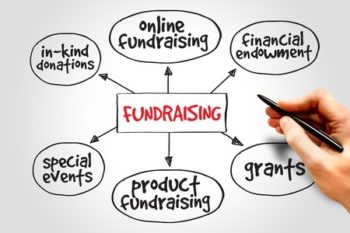Nonprofit Marketing: Just How to Construct a Powerful Brand Name and Rise Assistance
Nonprofit Marketing: Just How to Construct a Powerful Brand Name and Rise Assistance
Blog Article
Understanding the Crucial Elements of Nonprofit Fundraising: Secret Practices for Enhancing Economic Sustainability
Not-for-profit fundraising is a multifaceted venture that calls for a nuanced understanding of several important parts to guarantee financial sustainability. From tactical planning that lines up with mission-driven objectives to the farming of meaningful donor connections, each component plays a critical role in the general success of fundraising initiatives.
Strategic Fundraising Preparation
Strategic fundraising planning is an important element for any not-for-profit company aiming to achieve its objective effectively. This process involves setting clear, measurable goals that line up with the company's total purposes while taking into consideration the unique needs of the community it serves. A well-structured fundraising plan not only determines prospective earnings resources yet additionally details the approaches and methods essential to involve those resources.

Additionally, leveraging information analytics can notify decision-making by offering insights into donor habits and trends, enabling nonprofits to tailor their fundraising techniques accordingly. Normal reviews and updates of the fundraising plan are essential to react to altering circumstances and arising chances. Inevitably, an extensive calculated fundraising strategy works as a roadmap for nonprofits, promoting monetary security and enabling them to meet their objective effectively.
Building Donor Relationships
Building solid benefactor partnerships is important for the long-lasting sustainability of any kind of not-for-profit organization. These connections are the foundation upon which effective fundraising initiatives are built, as they promote trust, loyalty, and interaction amongst advocates. Nonprofits must prioritize cultivating significant links with their donors, acknowledging that each communication can dramatically impact their determination to contribute.
To successfully construct benefactor relationships, organizations should concentrate on customized interaction methods. This includes recognizing the passions, inspirations, and offering patterns of specific benefactors, making it possible for customized interaction that reverberates with them. Normal updates on business progression, program end results, and the influence of payments enhance the worth of their assistance.
Additionally, revealing thankfulness is vital. Recognizing donations quickly and genuinely not only boosts partnerships however likewise motivates ongoing assistance. Occasions such as contributor gratitude gatherings provide possibilities for individual connections and community building.
Inevitably, supporting contributor relationships goes beyond transactional communications; it symbolizes a partnership where donors really feel valued and important to the mission. By spending time and resources in relationship-building, nonprofits can boost contributor retention, increase life time providing, and guarantee economic security for their initiatives.
Reliable Communication Strategies
Reliable communication approaches play an essential role in reinforcing the solid donor partnerships that nonprofits strive to grow. Consistent and clear messaging is essential for communicating the objective, vision, and influence of the organization. Articulating the one-of-a-kind worth proposal helps donors recognize how their payments make a substantial difference.
Utilizing numerous communication networks-- such as e-mails, social media, newsletters, and in-person occasions-- makes sure that messages reach a varied audience - nonprofit agency. Customizing interaction to different benefactor segments can enhance involvement; click to read more as an example, significant contributors may value comprehensive records on funding allotments, while smaller sized donors might like concise updates highlighting crucial accomplishments
Narration is one more effective tool in not-for-profit communication. Sharing compelling narratives regarding beneficiaries can stimulate psychological responses and foster a deeper link with the reason. Transparency regarding financials and program end results constructs trust, encouraging contributors to stay engaged with time.
Engaging the Area
Community involvement is important for nonprofits looking for to amplify their impact and foster a sense of possession amongst local stakeholders. Developing a robust connection with the area not only enhances visibility however likewise develops trust fund, crucial for lasting fundraising initiatives. By actively including neighborhood members in decision-making processes, nonprofits can align their objectives with the requirements and aspirations of the population they offer.
To properly engage the community, nonprofits should focus on transparency and open interaction. Organizing public online forums, workshops, and informative sessions enables purposeful dialogue, where stakeholders can articulate their point of views and add to the company's vision. Moreover, working together with local companies, institutions, and civic organizations can develop collaborating partnerships that utilize shared resources for greater effect.
Another essential aspect of neighborhood engagement is recognizing and commemorating neighborhood contributions. Acknowledging advocates, volunteers, and donors fosters a sense of belonging and loyalty, Full Article urging ongoing involvement. Furthermore, showcasing success tales and the tangible advantages of neighborhood support can inspire others to contribute.
Inevitably, proactive area engagement cultivates a network of supporters who are purchased the not-for-profit's goal, guaranteeing lasting assistance and improved financial sustainability.
Using Technology and Devices

One necessary device for nonprofits is a comprehensive contributor administration system. These platforms enable organizations to maintain detailed records of donor interactions, contributions, and preferences, helping with individualized communication and engagement (nonprofit agency). Moreover, utilizing online fundraising platforms allows nonprofits to get to a more comprehensive target market, making it much easier for fans to contribute via numerous networks, consisting of social media and e-mail campaigns
Additionally, using job management tools can aid streamline internal procedures, making sure that fundraising groups stay organized and concentrated on their goals. Automation software can additionally simplify repetitive jobs, such as sending thank-you e-mails or suggestions, maximizing staff time for even more strategic efforts.
Verdict
In conclusion, the necessary elements of nonprofit fundraising incorporate strategic planning, strong donor connections, efficient communication, community involvement, and the usage of modern technology. These elements jointly add to enhancing economic sustainability and resilience within not-for-profit organizations.
Additionally, leveraging information analytics can educate decision-making by providing understandings into contributor behavior and patterns, allowing nonprofits to tailor their fundraising methods as necessary.Building solid donor relationships is vital for the lasting sustainability of any type of nonprofit organization.Reliable interaction strategies play an essential function in strengthening the strong benefactor relationships that nonprofits strive to cultivate.One necessary device for nonprofits is a comprehensive donor monitoring Related Site system.In final thought, the vital elements of not-for-profit fundraising include tactical preparation, strong benefactor relationships, efficient communication, area engagement, and the utilization of modern technology.
Report this page